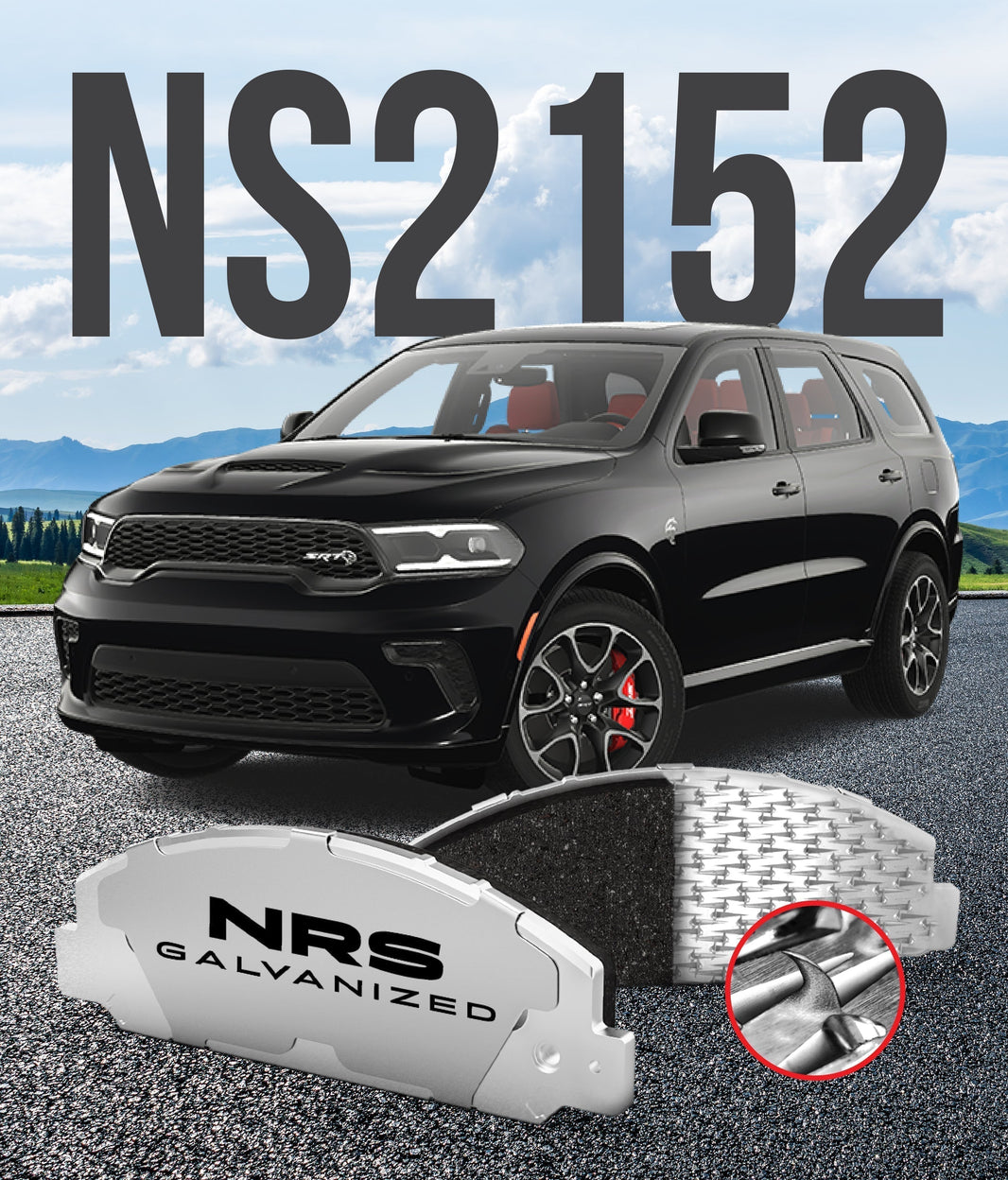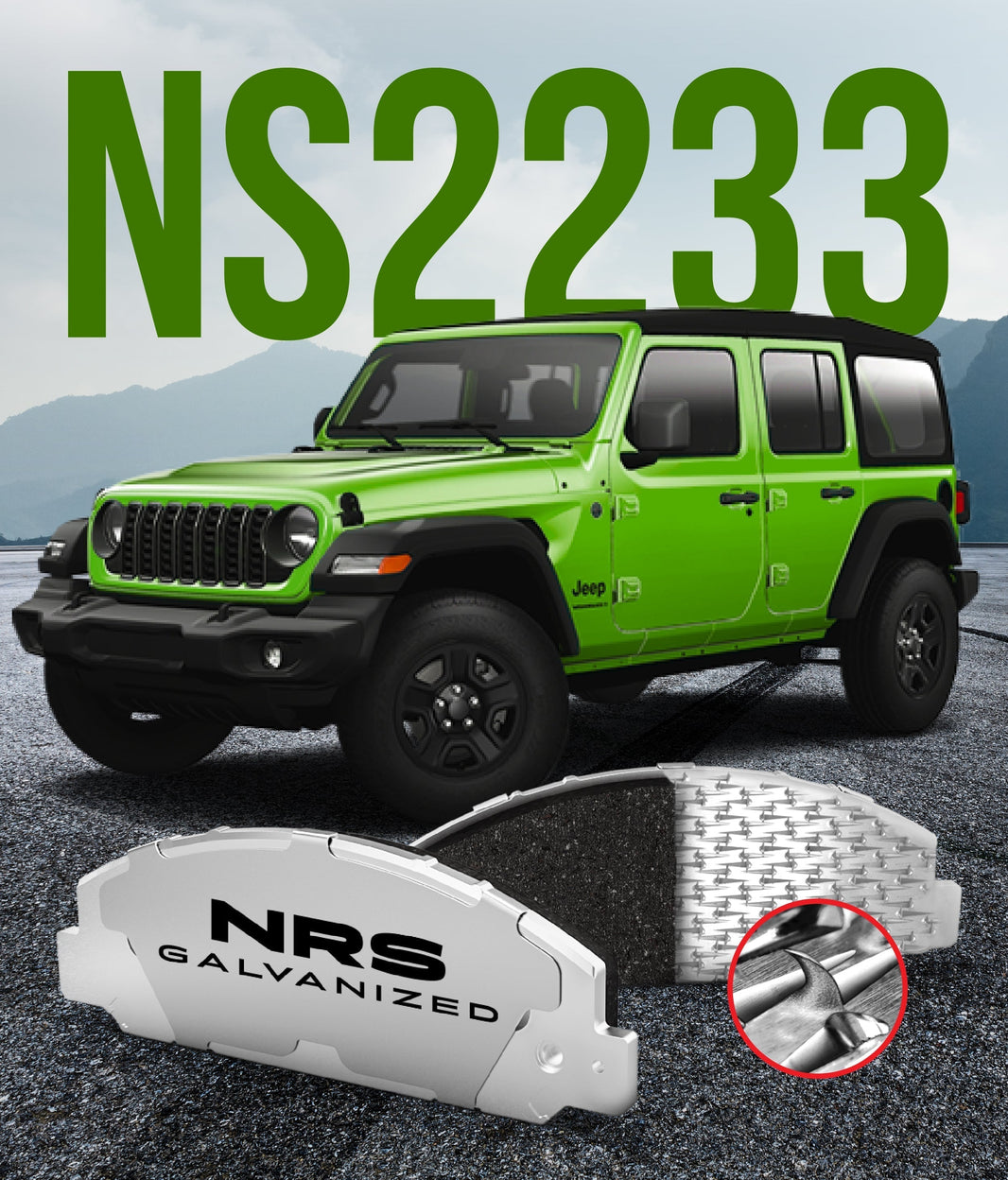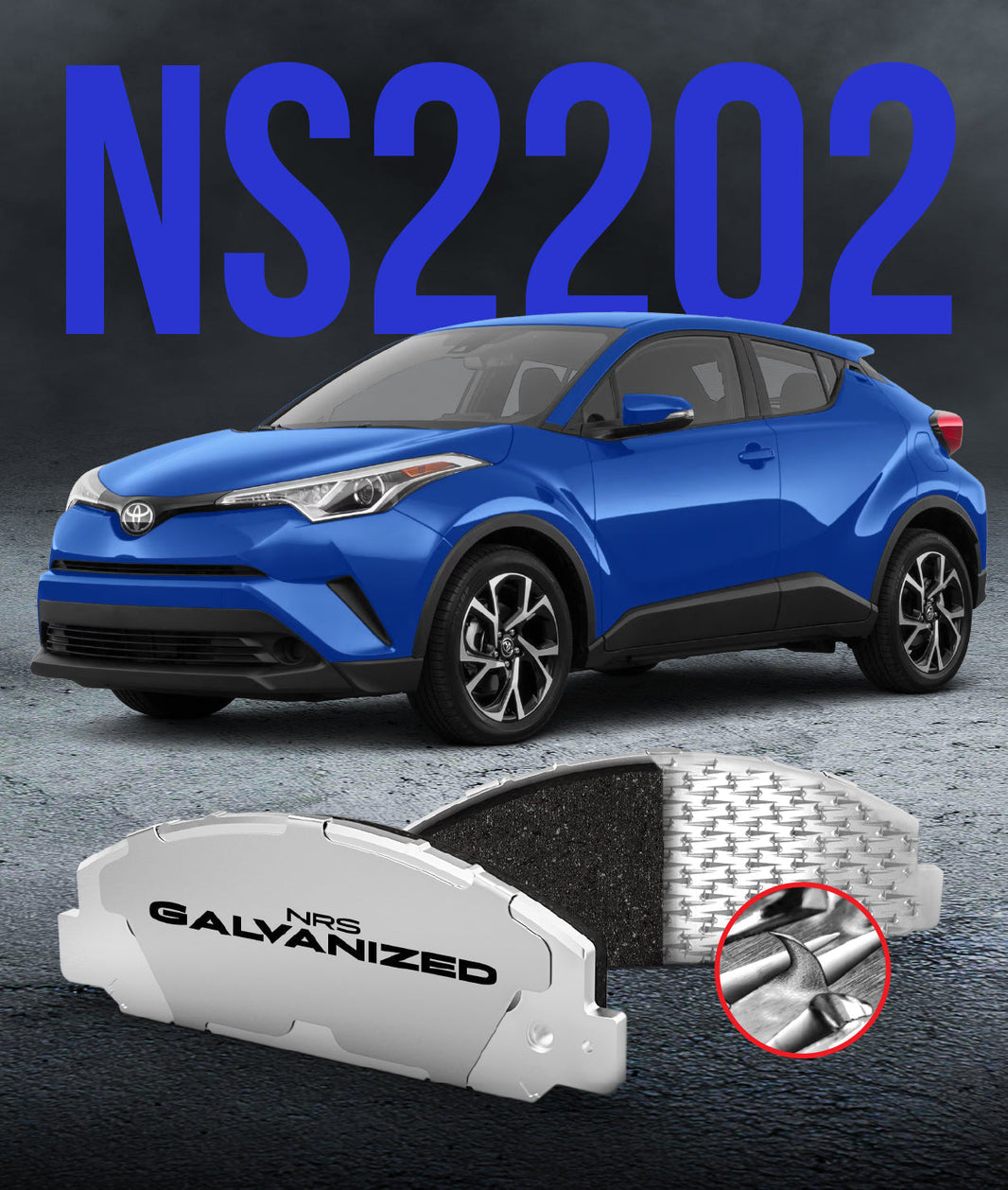
Most of us take our car's brake pedal for granted. We press it, the car slows down, and we move on. However, the brake pedal feel is a direct line of communication between you and your vehicle's braking system. It provides valuable information. Paying attention to subtle changes can alert you to problems.
This article explores what your brake pedal is trying to tell you. We will differentiate between a normal and abnormal pedal feel, delve into the causes of various pedal sensations, and explain why understanding these signals is crucial for your safety. Are you ready to become a more attuned driver?
Normal vs. Abnormal: Establishing a Baseline
Before we dive into the problematic pedal feels, it is essential to understand what a normal brake pedal should feel like. This provides a baseline against which you can compare any changes you might experience. Knowing your car will help understand this better.
A healthy brake pedal should feel firm and consistent when you press it. There should be a slight initial resistance, followed by a smooth, progressive increase in braking force as you apply more pressure. The pedal should not feel overly soft, spongy, or hard, and it should not vibrate or pulsate. If your pedal feels generally like this, your brakes are likely in good working order.
The Spongy Pedal: Air, Fluid, or Something Else?
One of the most common abnormal brake pedal sensations is a spongy or soft feel. This means the pedal feels like it's pushing against something yielding, like a marshmallow, rather than offering firm resistance. The problem should be investigated by a professional.
A spongy pedal often indicates brake pad backing plates that are not flat (this is typical with offshore painted brake pads). Steel backing plate for the brake pad that are not flat are typically the number one cause for spongy brakes, uneven wear, brake noise and friction cracking.
Other reasons can be air in the brake lines. Air, unlike brake fluid, is compressible, so when it gets into the system, it reduces the hydraulic pressure needed for effective braking. This can happen due to a leak, improper bleeding of the brakes, or even low brake fluid. Lastly, degraded brake fluid can also lose its effectiveness.
The Hard Pedal: Booster, Blockage, or Beyond?
On the opposite end of the spectrum is a hard or stiff brake pedal. This means you have to exert significantly more effort than usual to get the car to slow down. This resistance is a sign that something is hindering the braking process.
One potential culprit is a failing brake booster. The booster uses engine vacuum to assist in applying the brakes, making it easier to press the pedal. If the booster malfunctions, you lose this assistance, resulting in a much harder pedal. Another possibility is a blockage in the brake lines or a seized caliper, restricting the flow of brake fluid.
The Pulsating Pedal: Rotors, ABS, or Another Rhythm?
A pulsating or vibrating brake pedal is a distinct sensation, often felt as a rhythmic throbbing or shaking when you apply the brakes. This is usually most noticeable at higher speeds. This is a fairly common occurrence.
The most common cause of a pulsating pedal is warped brake rotors. Rotors can become warped due to excessive heat, uneven wear, or even improper installation. When the brake pads clamp down on a warped rotor, it creates this pulsating sensation. Another possibility, especially during hard braking on slippery surfaces, is the activation of your car's Anti lock Braking System (ABS). The ABS rapidly pulses the brakes to prevent wheel lockup, which can also be felt as a vibration in the pedal.
Plate Flatness: A Less Obvious Culprit
While less common than warped rotors, uneven thickness or "runout" in the brake rotor face (plate flatness issues) can also contribute to brake pedal pulsation. Even if a rotor isn't visibly warped, variations in its thickness can cause the brake pads to grab unevenly as the rotor rotates.
This can create a subtle pulsation or vibration felt in the pedal, similar to the sensation of warped rotors. Checking rotor thickness variation requires precise measuring tools and is often done during a brake service.
Conclusion: Listen to Your Pedal, Prioritize Your Safety
This article has explored the various messages your brake pedal can send. From a spongy feel to a hard press, from pulsations to vibrations. Your brake pedal feel is a critical indicator of your braking system's health.
Ignoring changes in your brake pedal feel is like ignoring a warning light on your dashboard – it's risky. By understanding what these sensations mean, and taking prompt action when something feels off, you're taking a proactive approach to your safety. Remember, your brakes are arguably the most important safety system in your car.
We at NRS Brakes are committed to providing drivers with the highest quality braking components. Our galvanized brake pads are designed for optimal performance and longevity, providing consistent and reliable stopping power. If you are looking for the Best Brake Pads and a company that prioritizes safety, explore our website and discover the NRS difference. Don't just drive – drive informed.




